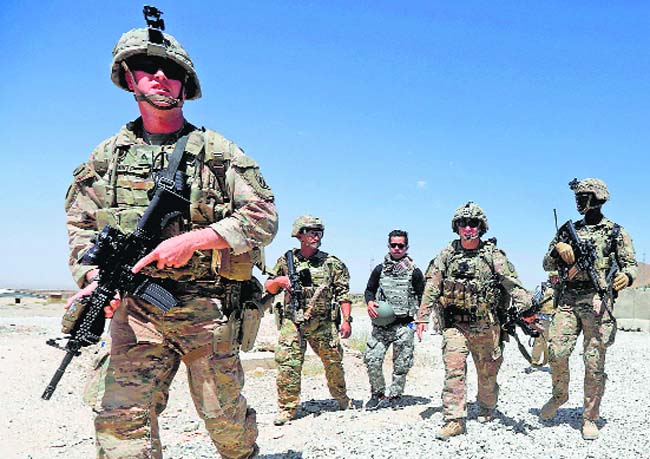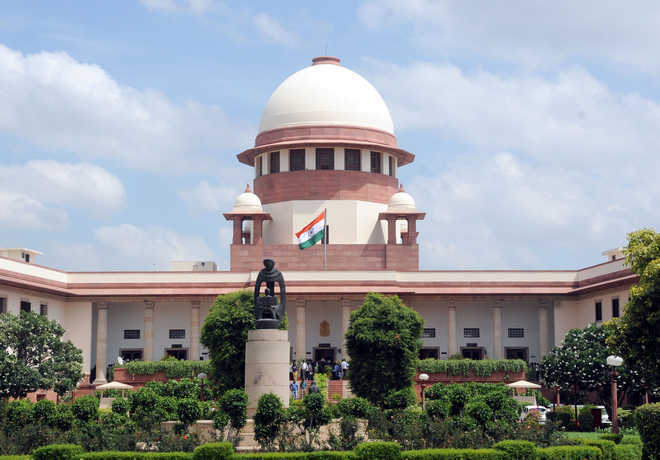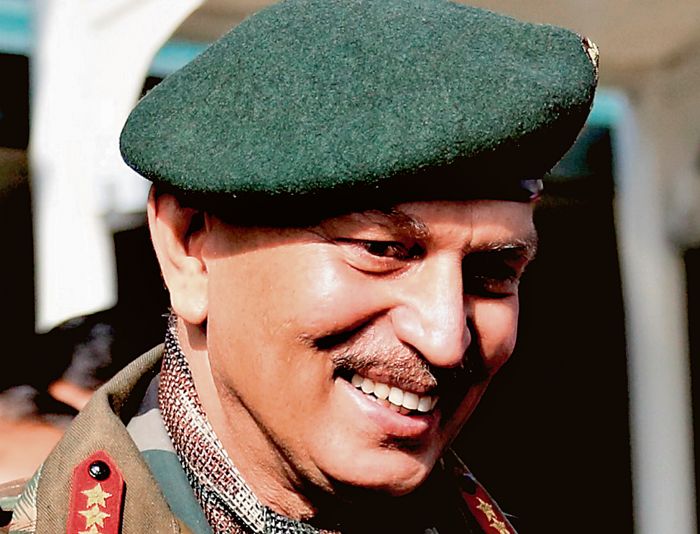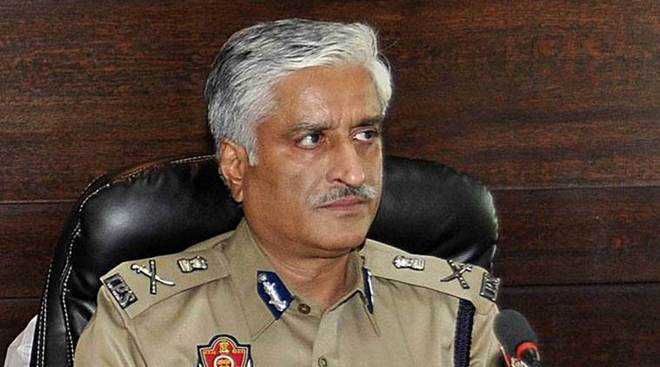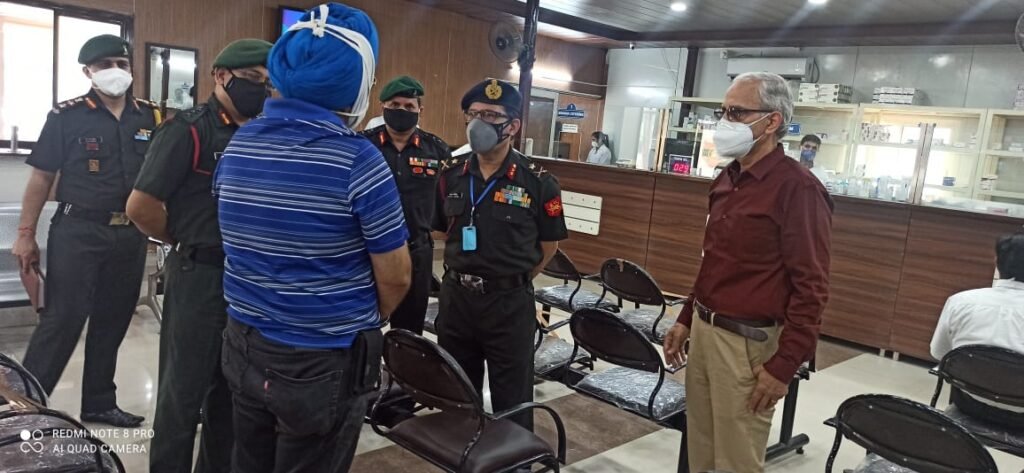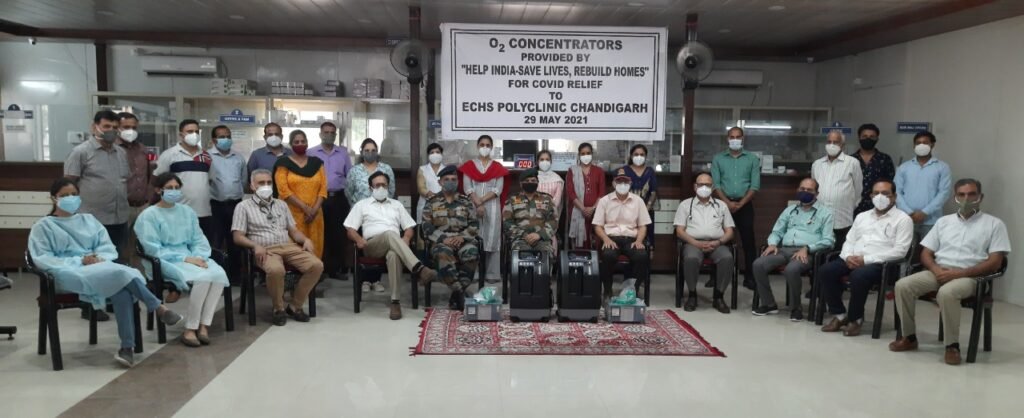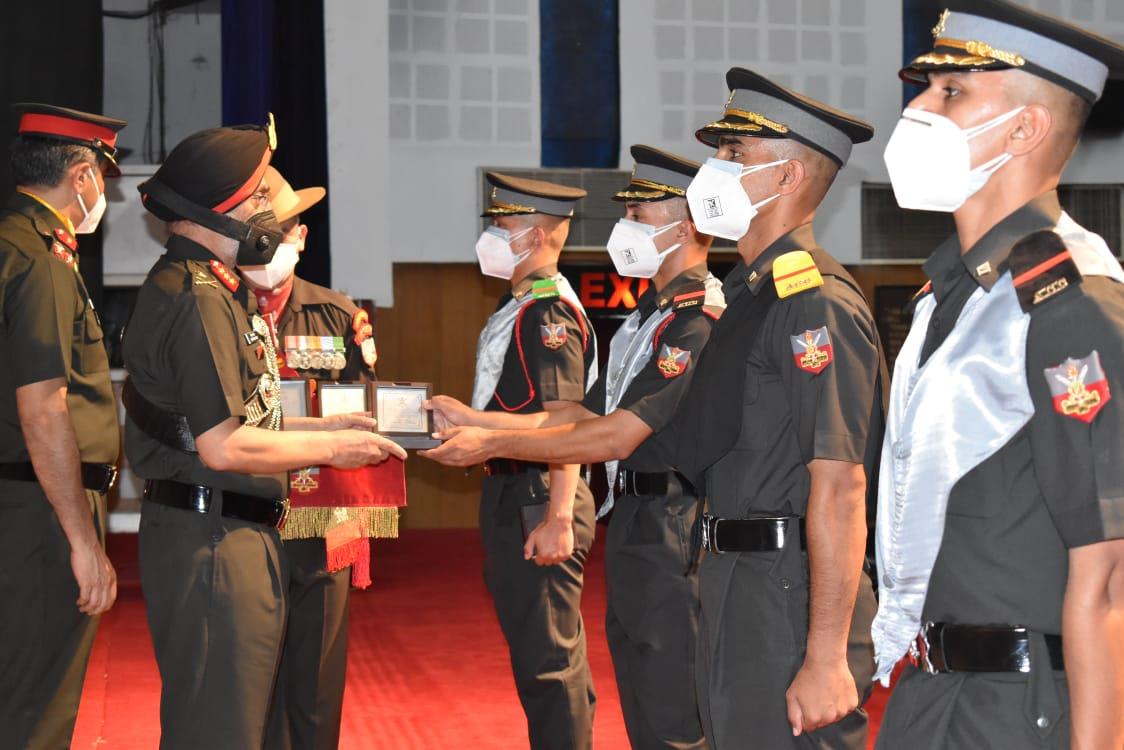
With no concrete proposal to settle border disputes, India and China military-level talks are going to convene their 12th meet shortly to defuse tension at the Line of Actual Control (LAC) in the Ladakh region. Both sides have deployed one lakh troops each after the previous year’s standoff at Galwan valley, where both sides lost soldiers in face to face ruffian tussle. Favouring dialogue at the military and diplomatic level, India always maintained that disengagement and de-escalation have to be complete from all face-off sites to ensure long-lasting peace and tranquillity at the LAC. However, China is not willing to do so and has so far not given any commitment to hasten the process of withdrawing its troops from the three points namely Hot Springs, Gogra and Depsang valley.
Though in the initial day’s China had withdrawn forces after the agreement with India, it was later witnessed that the accumulation of men and machines has happened again in the disputed areas. There is no thinning out of troops by China since the withdrawal from both the armies from southern and northern banks of the Pangong Tso(lake) in late February, said top Indian Defence experts.
The People’s Liberation Army (PLA) has adopted delaying tactics by insisting that local commanders of the rank of Brigadiers or Colonels from both sides should hold talks regarding Hot Springs and Gogra, say Indian Defence experts.
The Pangong lake was the first place where the stand-offs began in April-May 2020 when an Indian patrol was stopped by the Chinese. It led to an exchange of blows and some soldiers from both sides were injured. Trouble soon erupted at many other places at the 1,700 km long LAC in Ladakh including Hot Springs and Gogra. The Galwan valley in the Eastern Ladakh region witnessed a bloody brawl on June 15 last year in which 20 Indian personnel including the commanding officer were killed. At least 35 to 40 Chinese soldiers were also killed but Beijing is yet to make the casualty figures public.
In an effort to reduce tension at the LAC, the two countries have so far held 11 rounds of Corps Commander level talks since May last year. The last round was held on April 9. While the two commanders from both sides agreed in the last round to continue the process of parleys, there was no breakthrough in having a road map for disengaging troops from the remaining friction points including Chang Chemmo–KongKa La area which lies between Galwan and Pangong Tso. The People’s Liberation Army (PLA) has adopted delaying tactics by insisting that local commanders of the rank of Brigadiers or Colonels from both sides should hold talks regarding Hot Springs and Gogra, say Indian Defence experts.
A few days back, according to the news agency PTI, Russian President Vladimir Putin took a neutral stand saying both India and China are capable of settling their issues in an amicable way. It must be remembered that Putin has already supplied S-400 missiles to China in 2016 and clinched an agreement worth more than Rs.45,000 crore with India to supply the same missiles, which is having Chinese software. Russia after taking 25% of the deal value, extended the supply to India starting from December 2021 in five-year instalments. PGurus have reported the treachery by Russians in this regard by delaying supply after taking money from India and helpless and failed Indian strategy.





















































